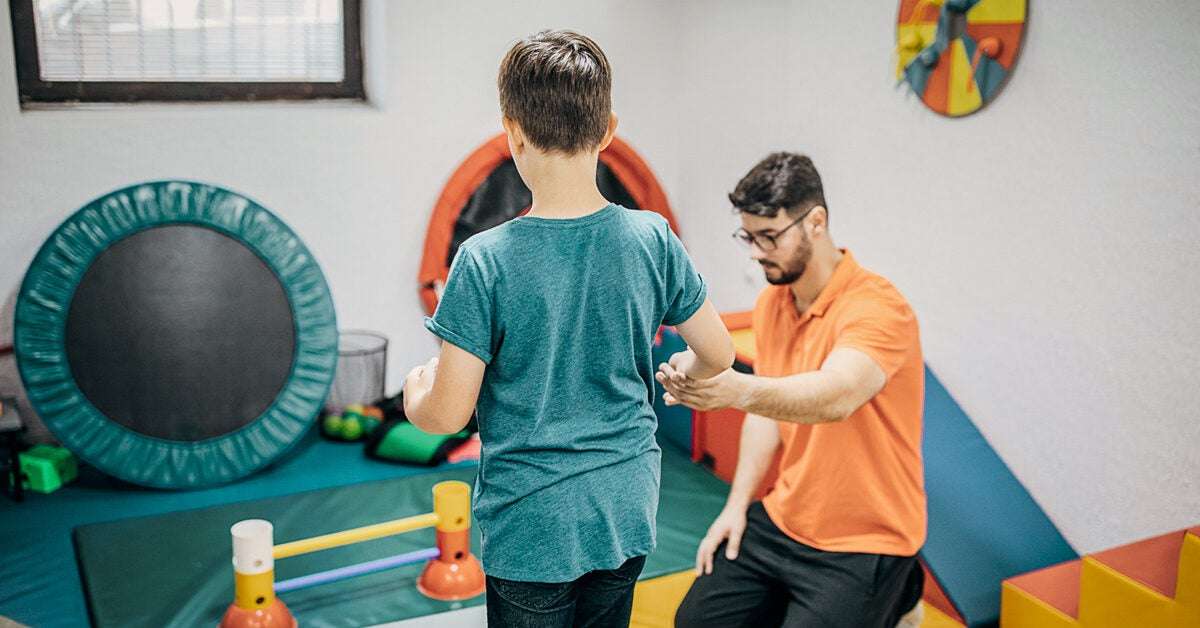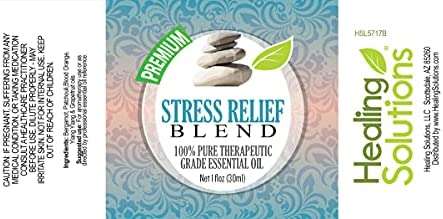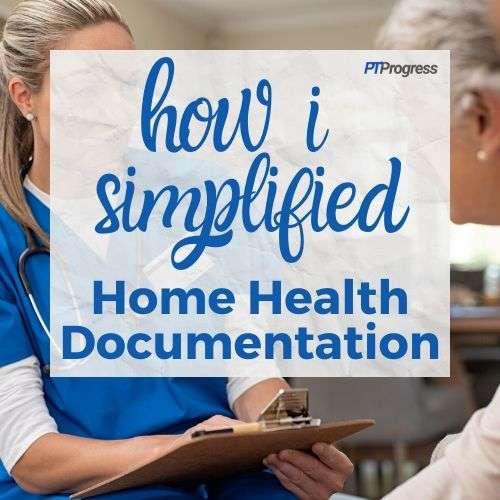Occupational therapy can address physical, social, educational, and organizational deficits with a plan focused on your individual skills, needs, and activities. Read on to learn more about how they can help to lessen the effects that ADHD has on everyday life.
“Occupational therapists are good team players,” says Cara Koscinski, MOT, OTR/L , a pediatric occupational therapist and the author of six books on occupational therapy for children and young adults. .
If you haven’t yet considered including an occupational therapist (OT) on your treatment team, now may be a good time to investigate how an OT can help you manage symptoms and improve your quality of life.
Because ADHD causes such wide-ranging difficulties, treating it takes a highly-individualized, multi-modal approach.
If you have attention deficit hyperactivity disorder (ADHD) or you’re close to someone who does, you know there’s hardly an area of your life it doesn’t touch: Career, school, family, finances, and physical and mental health… the list goes on.
Occupational therapy focuses on the skills that each person needs to be able to function independently in daily life.
An OT’s first step will be to talk with you to find out how ADHD impairs your (or your child’s) ability to succeed at home, at work, at school, in relationships, or in other areas.
Here are a few areas where evidence-based OT interventions have been instrumental in managing ADHD.
Time management
For someone with ADHD, complex projects, daily routines, time-consuming tasks, and deadlines are difficult — sometimes impossible — to manage. ADHD can make it harder to:
- create and execute a plan for an activity
- finish tasks in the right order
- complete work within the necessary timeframe
- recognize when it’s time to speed up or slow down
- set aside the right amount of time for an activity
OT-tested tip
Keep an analog clock in each room to help you or your child track time visually.
What the science says
Research shows that OT is effective in improving time-processing and daily time management abilities.
In a 2018 study, a group of students ages 9-15 worked with an occupational therapist for 12 weeks to build their awareness of time and task management.
At the end of the intervention, students who worked with an OT showed a significant improvement in their awareness of time, their ability to orient themselves in time, and their ability to manage their time effectively during daily tasks.
Organizational skills
Succeeding in school and on the job usually requires consistent organizational skills. ADHD interferes with the ability to:
- anticipate what you’ll need to complete a project
- keep up with materials and schedules
- separate complex tasks into smaller activities
“Occupational therapists are specialists in activity analysis,” Koscinski says. “This means taking a look at each activity and breaking it down into steps and performance factors or skills the child needs to succeed.”
Once a project has been broken into steps, an OT can help organize materials, develop simple systems, and create visual cues to help people track, remember, and follow through on one step at a time.
“Visuals are very important for kids with ADHD,” Koscinski explains.
OT-tested tip
Keep supplies well stocked. Store them in labeled containers or drawers that are easy for your child to reach, and help your child return all supplies to the labeled space where they belong.
An OT can work with a student to create an outline of the steps involved in a project, color-code different activities, make a model to demonstrate what’s expected, and show a student how to keep a clutter-free workspace.
What the science says
OT helps adults with organizational skills, too. In one 2020 study, a 7-week program of occupational therapy targeting routines and time management resulted in lower stress and fewer symptoms for women with ADHD.
Executive function
Children with ADHD often have difficulty with a complex set of interrelated thinking skills known as executive functions. These childhood difficulties often continue into adulthood, research shows.
Executive functions include:
- working memory
- planning skills
- knowing how to stay attentive or shift attention
- setting priorities
- controlling impulses and distractions
OT-tested tip
Teach your child how to prioritize homework by helping them sort assignments first by the due date and then by how hard your child thinks the assignment will be. During homework sessions, help them tackle the hardest assignments first when their focus and energy levels are highest.
What the science says
A number of studies have shown that occupational therapy can be useful in building executive function.
- In one 2020 study, researchers found that children who participated in a horseback riding intervention supervised by OTs showed improved executive functioning after the program.
- Using a series of hands-on, engaging therapeutic activities called the Cog-Fun (Cognitive Functional) program, children working with parents and OTs experienced significant improvement in executive function after therapy.
- A 2017 study that involved 44 students in China, along with their parents, found that a program targeting executive function skills was effective in improving executive function skills after 12 sessions. In the program, students used visual cues and repetition to practice their skills, while parents learned how to coach and support their children. (Studies show that parent involvement is vital to the success of OT interventions.)
Social skills
ADHD can have negative effects on social interactions. The disorder can cause people to act impulsively, interrupt others, and behave in aggressive ways.
An astute OT can be helpful in getting to the “why” underlying inappropriate social behavior. Koscinski explains that children with ADHD often “act out” because they’re frustrated. An OT working with a classroom teacher can ask:
- Is the student sitting close enough to the teacher to hear and understand instructions?
- Is the classroom environment over-stimulating the student?
- Is the individualized education plan meeting the student’s needs, and is it being followed?
- Is the student allowed to self-advocate in the classroom?
- Does the student need to take a break or move around physically?
“Giving kids breaks to move is so important,” she emphasizes. “Movement increases oxygen in the brain and gets the wiggles out.”
Children with ADHD can take short breaks to return books to the library or run other errands. Better still, the whole class can participate in quick brain breaks to restore energy levels.
OT-tested tip
Keep play dates to a smaller number of children, one or two, so that your child is not overwhelmed. Try to choose children who have good social skills so your child has an example of these skills to model.
What the science says
While there needs to be more research on the specific activities that help, there’s some evidence that OT improves social skills among children with ADHD.
A 2020 systematic research review found that play skills improved and there were fewer inappropriate behaviors when therapy involved both children with ADHD and their peers.
Another 2015 study found that OT interventions led to a long-term improvement in social play skills when therapies were practiced at home and in the clinic.
Assistive devices
Occupational therapists are especially good at training people with ADHD how to use devices that enable them to function more smoothly in daily life.
Koscinski points to several objects that make life easier for kids who need wiggle room and let them expend excess energy during a productive day:
- yoga balls
- scooter boards
- mini-trampolines
- swings
- air cushions
- other personally-matched devices
OT-tested tip
A vibrating watch can be set to vibrate at regular intervals to remind an adult or child to stay on task or return to a task if they’ve been distracted.
What the science says
One 2013 study indicated that adults benefit from training on such assistive devices, too. Low-tech interventions such as weekly schedules and weighted blankets seemed to help most.
Occupational therapy may help individuals with ADHD in multiple ways. It can help a person identify barriers to success, develop strategies for tackling those areas, practice new skills or refine old ones, and brainstorm solutions when things do not go as planned.
Attention deficit hyperactivity disorder (ADHD) is a chronic mental health condition that affects a person’s ability to pay attention and manage impulses.
Experts estimate that 5–7% of school-aged children worldwide have ADHD, and around 63 million children and adolescents live with the condition worldwide. In the United States, about 6.1 million children have an ADHD diagnosis. Although ADHD symptoms evolve, it typically persists into adulthood, affecting about 366 million adults worldwide.
People living with ADHD may have challenges with time management, organization, focusing, and multitasking. Because ADHD symptoms are highly individualized, occupational therapy aims to help people plan and prioritize by using various techniques tailored to the situation.
Keep reading to learn more about occupational therapy for ADHD, including how it works, and why it may be effective.
What is occupational therapy?

Share on Pinterest
Valerie Fitzpatrick/Getty Images
At its core, occupational therapy involves helping people of all ages participate in whatever they want or need to do.
Occupational therapy encourages people to overcome the barriers that prevent them from doing important activities, and increases their independence and satisfaction in life.
It addresses the importance of people’s psychological and emotional well-being, and focuses on improving these by using everyday activities in a therapeutic manner. For people with ADHD, who may report low self-esteem and self-efficacy, this is also a focus for the therapy.
Overall, the main goal of occupational therapy is to adapt the environment to fit the individual. It follows the thinking that no two people are the same, so the surroundings should adapt to serve everyone best and allow them to be their most productive.
How occupational therapy works for ADHD
The basis of this reasoning is especially beneficial for those living with ADHD. Occupational therapy helps these individuals participate fully in social situations. For children with ADHD, it can also help them with school, work ethic, and performance.
While occupational therapy is beneficial when applied to other mental health conditions, limited evidence of its application with ADHD exists.
ADHD typically affects an individual’s educational functioning, management of interpersonal conflict, relationships, and ability to provide emotional support. The symptoms of ADHD include inattention and hyperactivity or impulsivity. These qualities can lead to difficulties in time management, emotional regulation, motivation, and executive function, which are needed for completing tasks.
In a small 2018 study, 38 children aged 9–15 either were randomly placed to work with an occupational therapist for 12 weeks or be in a control group. After this time, those in the occupational therapy group showed a significant improvement in their ability to manage their time effectively and their general awareness of time.
Another 2020 study involved 23 female participants, divided into either a 7-week occupational therapy intervention group or a control group. Researchers found that the 11 participants in the therapy group demonstrated reduced stress and ADHD symptoms, with enhanced task performance and satisfaction.
Overall, there is a lack of large-scale, high-quality clinical trials looking into the application of occupational therapy in people with ADHD. But some individuals may find it valuable.
Techniques
There are many aspects to occupational therapy, including guidance and education for family members or caregivers of those with ADHD, recommendations for adaptive equipment, and evaluating the individual’s home, workplace, school, or other environments.
When choosing a treatment approach, occupational therapists need to consider their client’s specific challenges and the best ways to approach them.
There is no single best framework to use for those with ADHD. Some accepted models include:
- Canadian Model of Occupational Performance
- Person-Environment-Occupation-Performance Model
- Model of Human Occupation
No matter the technique an occupational therapist uses, a flexible approach is best for those with ADHD. With each approach, the occupational therapist should focus on the individual’s goals and interests.
Medicine and psychological interventions are standard methods of ADHD symptom reduction, with psychological interventions as the focus of occupational therapy. However, it is important to note that symptom reduction on its own does not necessarily improve an individual’s daily functioning.
There are three levels of occupational therapy interventions that may follow each other or occur simultaneously depending on the individual’s goals.
Learn more about occupational therapy here.
Preparatory methods
These include techniques and activities that prepare someone for participating in a specific activity.
Purposeful activities
These are activities recommended for someone to improve their skills toward a specific goal. There is a vast range of potential activities that largely depend on the individual but could include communication, sports, volunteer work, gardening, or social work.
Occupation-based intervention
Occupation-based interventions involve an individual working towards a goal and completing tasks under supervision. Again, these activities vary significantly from person to person, but some possibilities include completing schoolwork, following directions, or getting dressed.
As the occupational therapist observes the individual, they can assess their performance. This allows them to adapt to the activity and further increases independence, skill acquisition, and self-efficacy.
Some occupational therapists work with children while they are at school. This allows them to evaluate the child’s abilities while in the classroom. They can then help the children participate in school activities and modify the classroom environment as needed to fit the child best.
Other treatment and therapies for ADHD
Additional forms of treatment for ADHD include behavioral therapy and medication, with the approach depending on the individual’s age.
The American Academy of Pediatrics (AAP) recommends that for children under age 6 with ADHD, the first-line treatment is parent training in behavior management. This approach avoids using medication in young children.
For children older than 6 years, doctors may use both medication and behavior training, with parents also receiving behavior management training until their child is age 12 or older.
Schools can also play a role in a child’s ADHD treatment. The AAP recommends that schools add behavioral classroom intervention and school supports.
Behavior therapy
Behavior therapy aims to strengthen an individual’s positive behaviors and eliminate disruptive behaviors. This therapy is beneficial for parents of young children, as it provides them with valuable skills and strategies for helping their children.
Medication
Doctors may use stimulant or nonstimulant medication to treat ADHD. Stimulants are fast-acting medications that are most frequently used to address ADHD symptoms. Nonstimulants may not work as quickly, but their effect can last up to 24 hours.
Summary
Occupational therapy is an area of behavioral intervention focusing on molding the environment to fit the individual. People with ADHD may find this particularly beneficial as they manage various structured activities.
The application of occupational therapy may differ between individuals. However, the core of occupational therapy involves a therapist observing an individual in their environment and making activities and other changes to help them navigate daily life.
Other forms of ADHD treatment include medication and behavioral therapy, with the best treatment depending on the person’s age.




